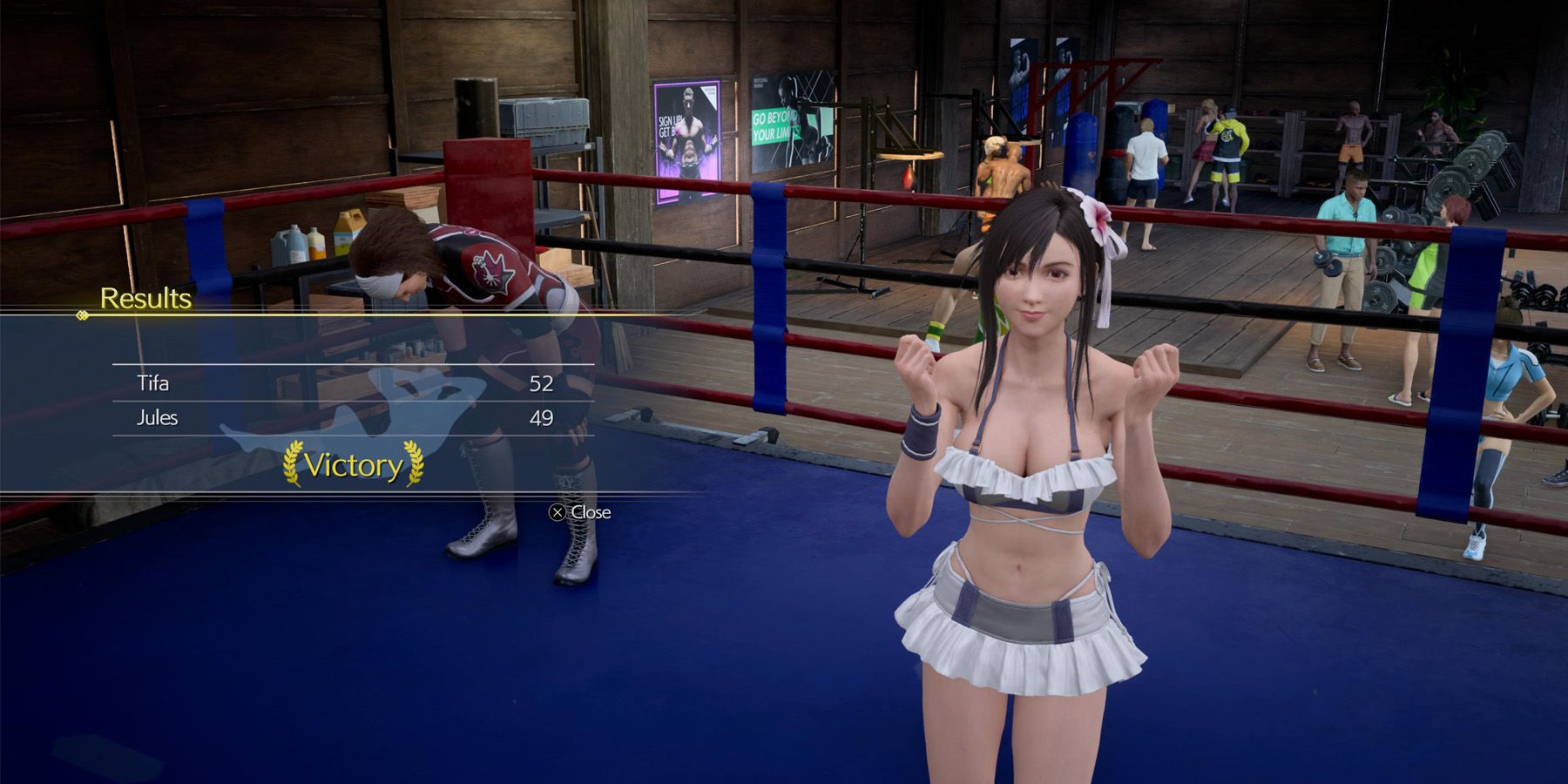Over A Year Later, I’m Still In Love With FF7 Rebirth’s Most Criticized Element
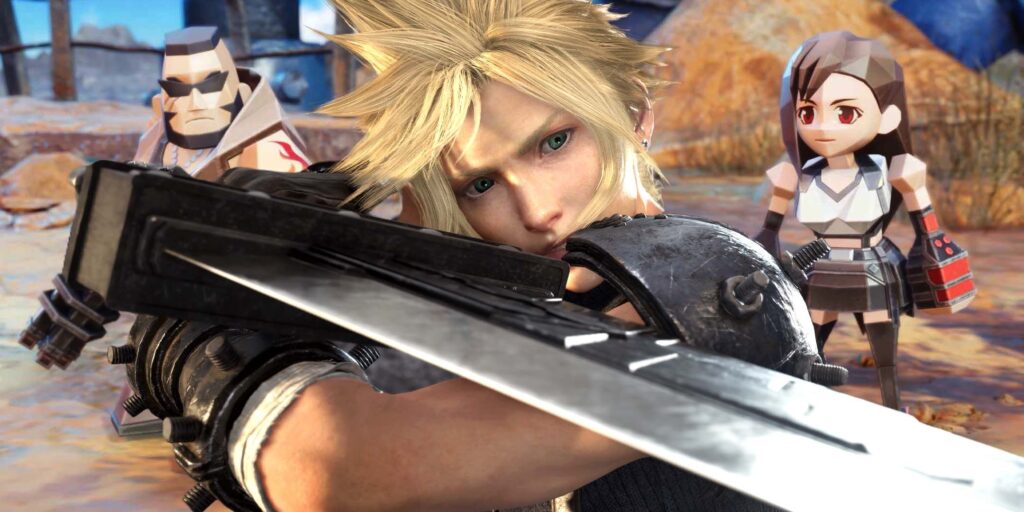
Final Fantasy 7 Rebirth won no shortage of acclaim in 2024, racking up accolades from critics and fans alike and constantly appearing in Game of the Year discussions. I’ve seen a lot of people call it a 10/10, but the surplus of positivity also makes any criticisms that are relatively common stand out even more. Whether someone’s qualifying that the game isn’t quite perfect in their eyes or trashing it altogether, the most frequent point of complaint tends to be the over-abundance of mini-games.
While I had a lot of fun with FF7 Rebirth, it’s admittedly not among my top few favorites from last year, and its fantastic heights are accompanied by plenty of sticking points in my mind. That relative skepticism might alienate me from the frequent discussions of the game’s perfection, but it’s also made me all the more stymied by the critical focus on the mini-games. Although I can ultimately understand why they’re not all to everyone’s taste, I’m more than willing to argue that the wealth of mini-games serves as one of FF7 Rebirth‘s strong points despite some minor failings.
FF7 Rebirth’s Mini-Games Create More Variety
Far From Rebirth’s Most Monotonous Element
Everyone will have different opinions on what feels tedious in a video game, and slugging it out with Sephiroth in FF7 Rebirth‘s 3D Brawler mini-game can certainly feel more tiresome than the sophisticated primary combat system. Despite the focus on mini-games, however, there’s still a big difference in saturation. If you’re completing all the side content available in Rebirth, you’re going to spend far more time battling monsters than mastering challenges at the Gold Saucer, and that’s looking at the lump sum. On an individual level, even the most frequently deployed mini-games comprise only a minor fraction of the Rebirth experience.
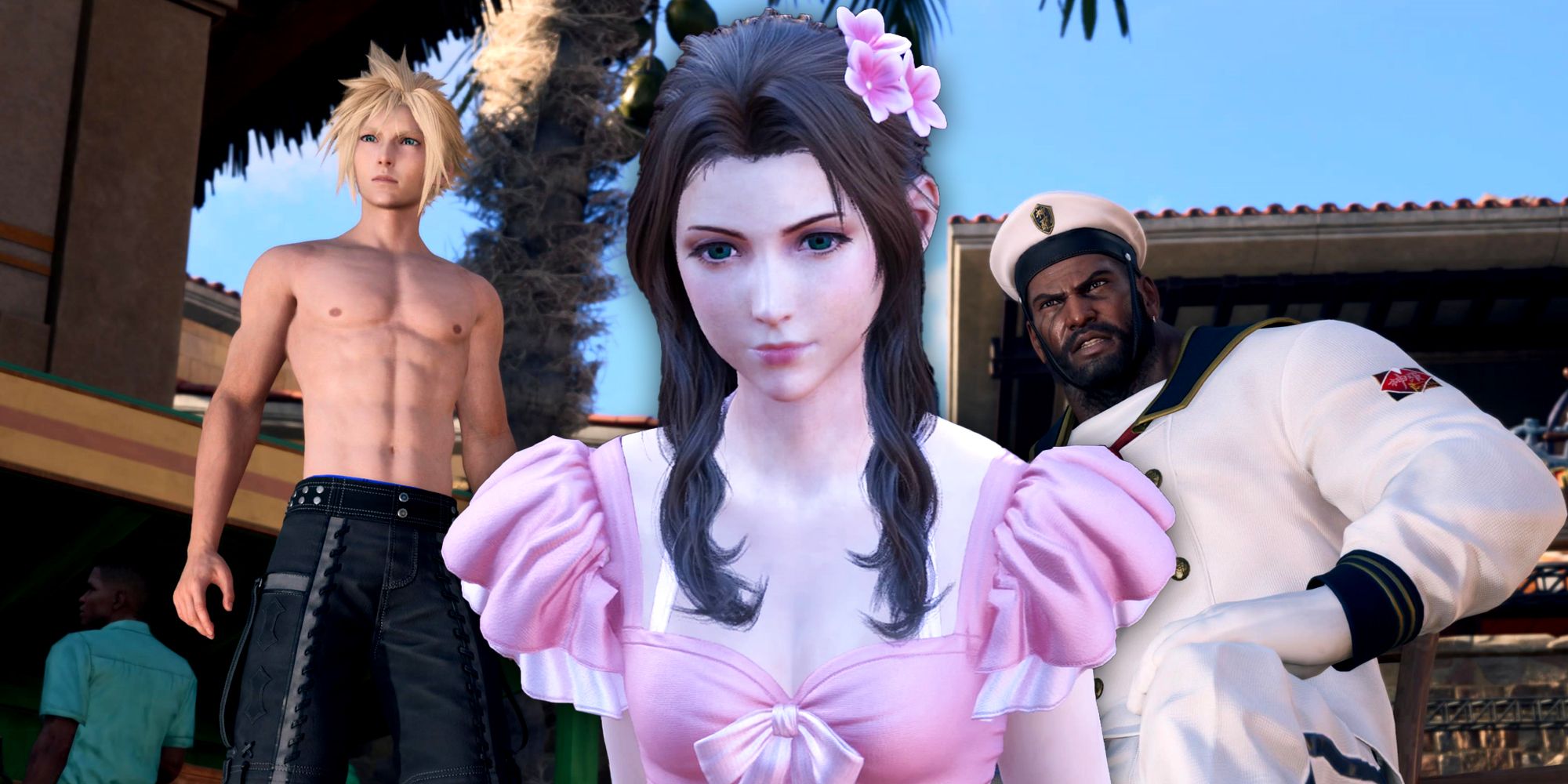
Related
Every Costa Del Sol Minigame In FF7 Rebirth, Ranked Least To Most Fun
FF7 Rebirth offers a lot to do in Costa del Sol, but although all can be entertaining, some activities end up being a lot more memorable than others.
In my eyes, breaking up the relentless onslaught of typical combat encounters is one of the best things an RPG can do, and this flexibility is a lot of what made the original FF7 so great. While I often tire of frequent random encounters in JRPGs of the era, especially in games without strategically interesting battle systems, FF7 consistently shifts gears whenever there’s a risk of excess repetition. From squats to snowboarding, the mini-games did a lot of the heavy lifting, and elements like the submarine sequence feel close to entirely separate games airdropped into the RPG.
FF7 Rebirth tips the scales a bit, admittedly, and the midsection of the game starts to feel like it’s breaking up the mini-games with regular gameplay rather than the other way around. As far as gameplay pacing goes, it still doesn’t bother me, because you’re never stuck doing exactly one thing for too long at a time. Costa del Sol’s mini-game extravaganza doesn’t force the party to slog through the shooting gallery for hours on end. Instead, it bounces the characters between vastly different challenges that range from a Cactuar scavenger hunt to a Rocket League-style soccer showdown.
Mini-Games Shake Up The Challenge In FF7 Rebirth
Difficulty Across Multiple Axes
The other complaint I tend to see about FF7 Rebirth‘s mini-games is that their difficulty can be annoying, especially when going for completionism. I get the theory behind this, and I’ve certainly been frustrated by mechanical shake-ups with seemingly unfair demands in other games. While I thoroughly enjoyed playing Dragonyhm earlier this year, some shaky platforming mechanics that appeared by surprise near the end frustrated me far more than Super Meat Boy ever did.
There’s no reason why all of FF7 Rebirth‘s hardest challenges should need to conform to one set of rules.
Rebirth‘s mini-games aren’t especially punishing, though, at least not to a degree that exceeds other requirements for a completionist playthrough. Playing every piano song without missing a note could be grueling, but the game only requests consistent A-ranks for completion, and even the toughest challenges like the Crunch-Off were all well within my grasp. The messy dual boss fights on Gilgamesh Island, on the other hand, offered me a much less clear and compelling path to mastery despite existing within a more traditional scope of the game’s challenges.
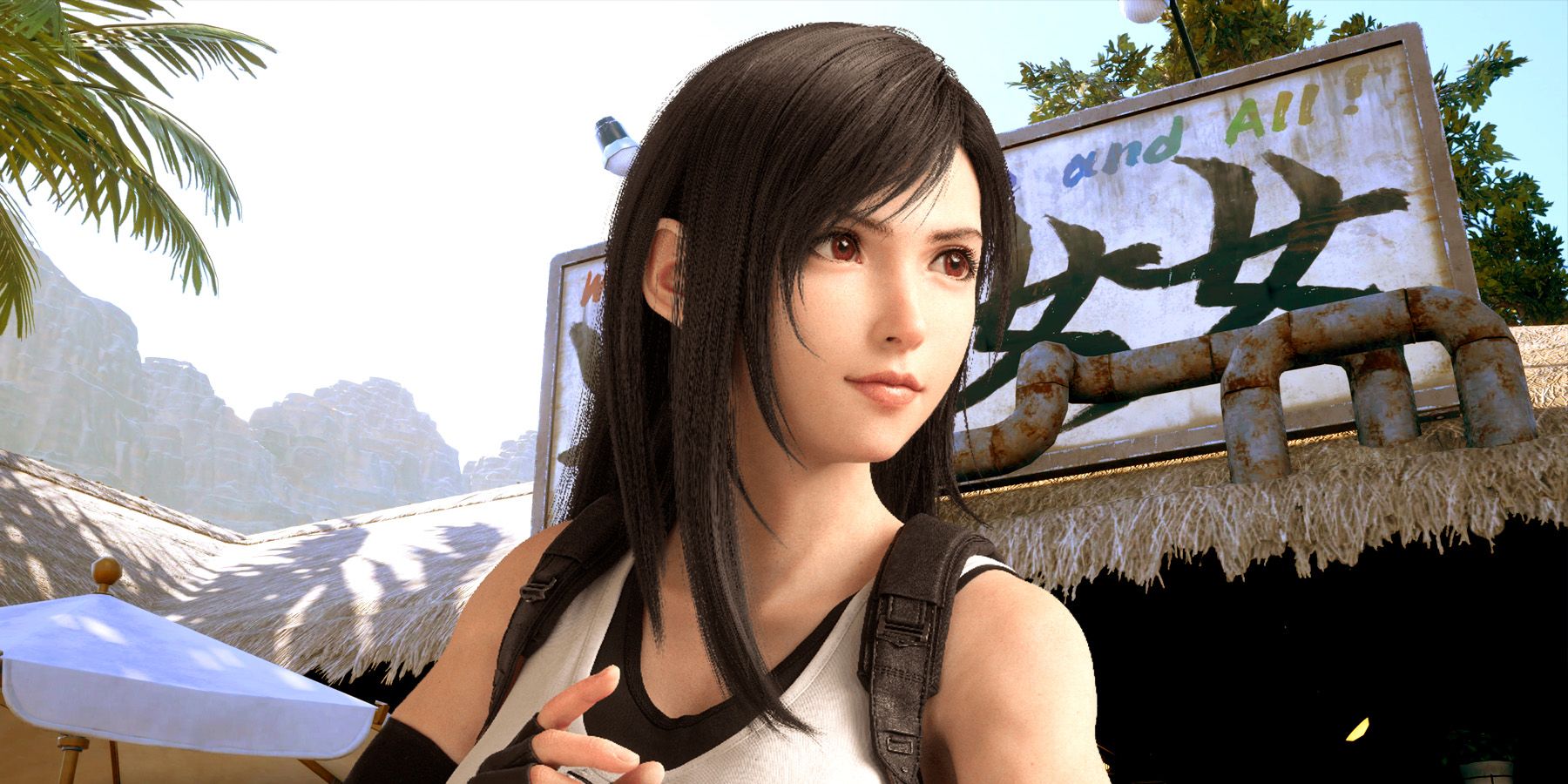
Related
FF7 Rebirth Brings Back Remake’s Toughest Encounter (& It’s Not Even A Boss)
The most difficult challenges in FF7 Rebirth are often not the ones that appear in the biggest story moments, and one in particular can be brutal.
I ultimately find the variety of challenges in FF7 Rebirth to be much more refreshing than frustrating, and I don’t think there’s anything wrong with making adaptability a part of the game’s path to perfection. There’s room to debate whether every mini-game is mechanically refined enough to escape criticism, but there’s no reason why all of FF7 Rebirth‘s hardest challenges should need to conform to one set of rules.
My One Complaint With Mini-Games Goes Beyond Them
FF7 Rebirth Doesn’t Always Nail The Tone
FF7 Rebirth‘s biggest struggle with mini-games comes down to its narrative approach rather than any gameplay element. The original FF7 has a wildly inconsistent tone, but the agility with which it weaves from comedy to tragedy keeps it balanced on a tightrope. FF7 Rebirth, on the other hand, occasionally loses its sense of gravitas in its quest for entertainment.
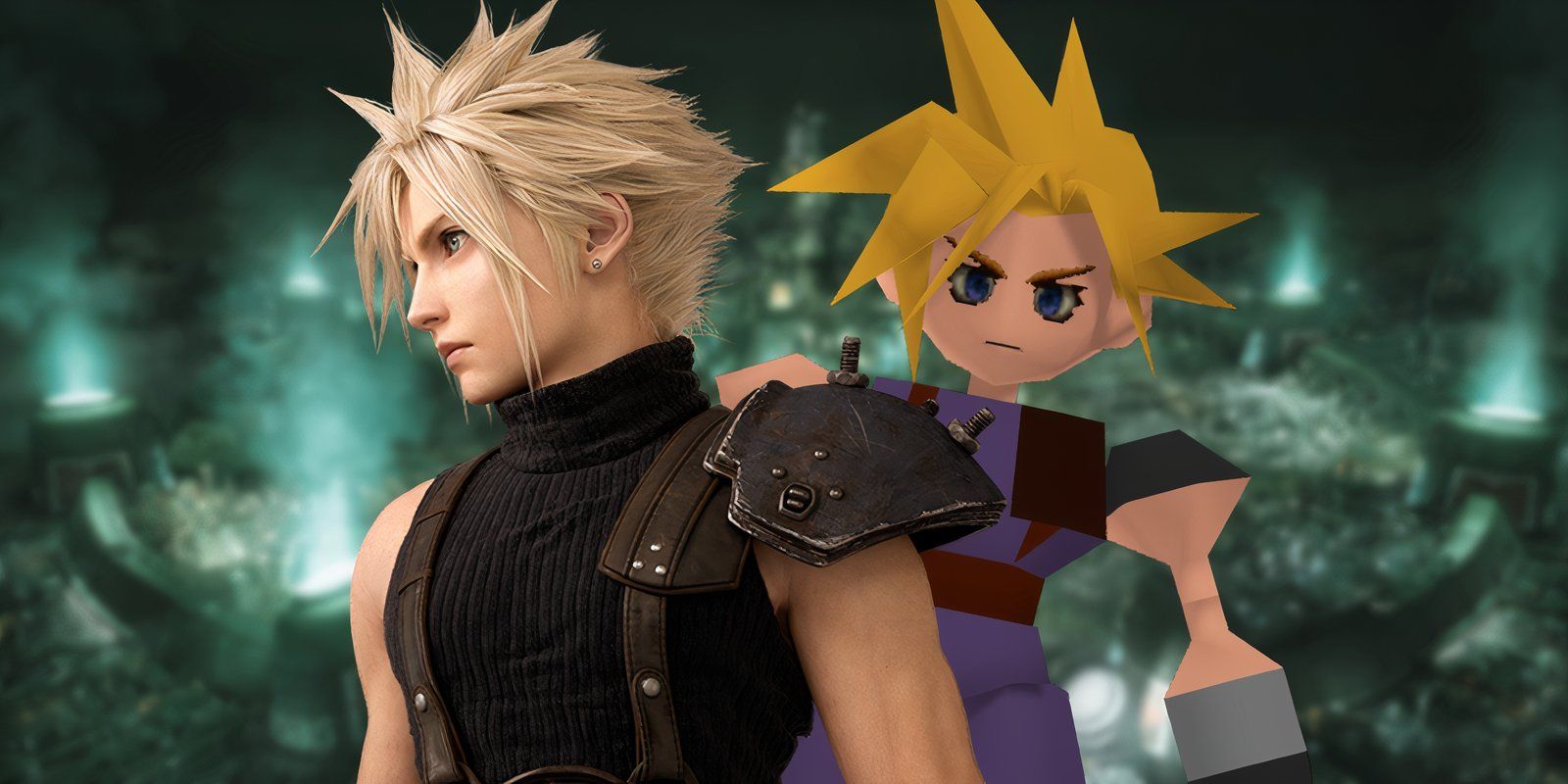
Related
28 Years Ago, Final Fantasy 7 Developers Accidentally Made The Best Argument For FF7 Remake
Almost 30 years ago, the developers of Final Fantasy 7 wanted to do something that wouldn’t be possible until the Final Fantasy 7 Remake trilogy.
Costa del Sol and the Gold Saucer were already fun diversions in the original game, but FF7 Rebirth makes so many tweaks around them that the grunginess of the world and the weight of its themes start to slip away. It does add some emotionally heavy new material, to its credit, but those insertions are still surrounded by more glitz and glamor than ever. Part of this is certainly the fault of the extended focus on mini-games, but more of the blame can be attributed to an edited depiction of the world itself.
A cargo ship becomes a party cruise, Corel Prison becomes a hub of high-energy criminal activity, and Corel Desert trades mystery away in favor of banal checklists. More mini-games are crammed into all these locations, but the need to punch up every area into an entertainment factory is the source of the real problem.
When I think about content that I find tiresome in Final Fantasy Rebirth, the generic tasks that fill the open zones spring to mind, not the variety of mini-games on offer. You’re free to ignore these checklists, of course, but their very inclusion fundamentally alters the structure of the game in their own way, making it harder to grasp the sense of adventure, exploration, and surprise that characterized the original game. Offered the choice to activate another Remnawave Tower or slam down another card in Queen’s Blood, no amount of mini-game oversaturation will make me choose anything but the latter.

- Released
-
February 29, 2024
- ESRB
-
T For Teen Due To Blood, Language, Mild Suggestive Themes, Use of Alcohol and Tobacco, Violence
- Developer(s)
-
Square Enix
- Publisher(s)
-
Square Enix
- Engine
-
Unreal Engine 4

